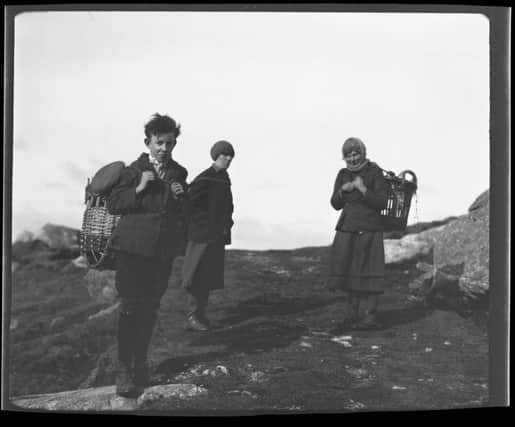In pictures: The lost ways of island life


Now more than 5,000 negatives and 1,000 prints from the archive of Margaret Fay Shaw, who documented islanders for more than 70 years, have been digitally preserved for the future.
Shaw, an American heiress who left her native Pittsburgh for South Uist in 1929, became a passionate chronicler of Gaels and their culture.
Advertisement
Hide AdShe lodged with two sisters, Mairi and Peigi Anndra Macrae, whom she met while staying with their cousin Donald Ferguson, at Boisdale House.
It was the Gaelic singing of the sisters that sent Shaw on a cultural odyssey across the islands and fuelled a deep interest in recording both the images and sounds that reflected everyday life.
She absorbed herself in the culture and lived with the sisters in their blackhouse in North Glendale for six years.
Shaw, who died in 2004, met the folklorist John Lorne Campbell on South Uist in 1934 with the couple later moving into Canna House on the island of Canna in 1938. They were to live there for the rest of their lives.
It was here that her vast photographic collection was left with it now being digitised by the National Trust for Scotland, who now own the island, after it received funding from the Morton Charitable Trust.
Work is ongoing to identify those people captured in the images, some which were taken almost 100 years ago.
The National Trust for Scotland intend to make the archive available online for future generations to enjoy.